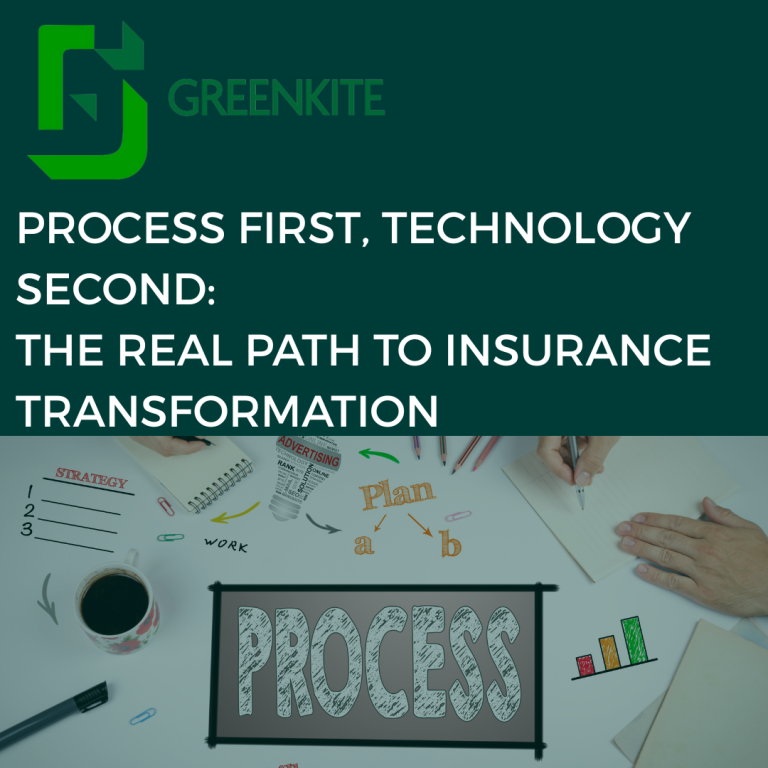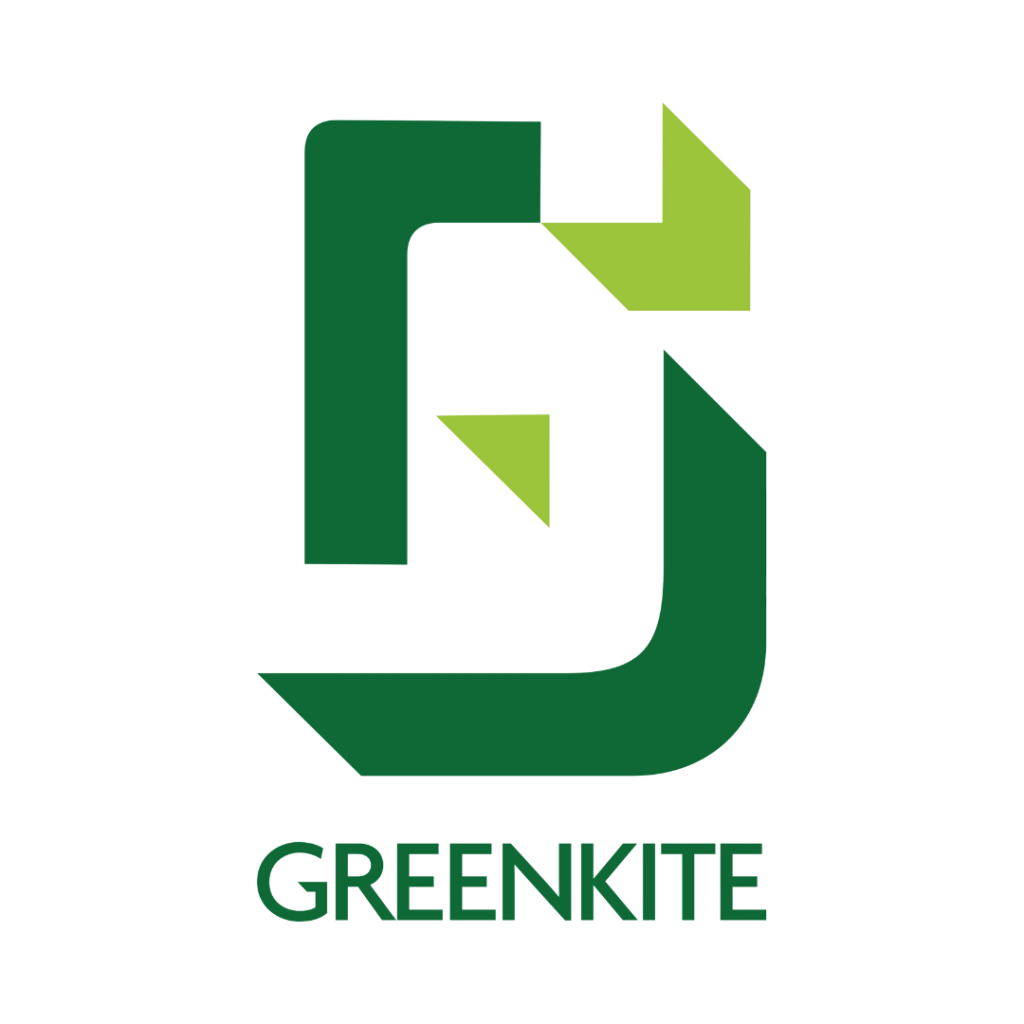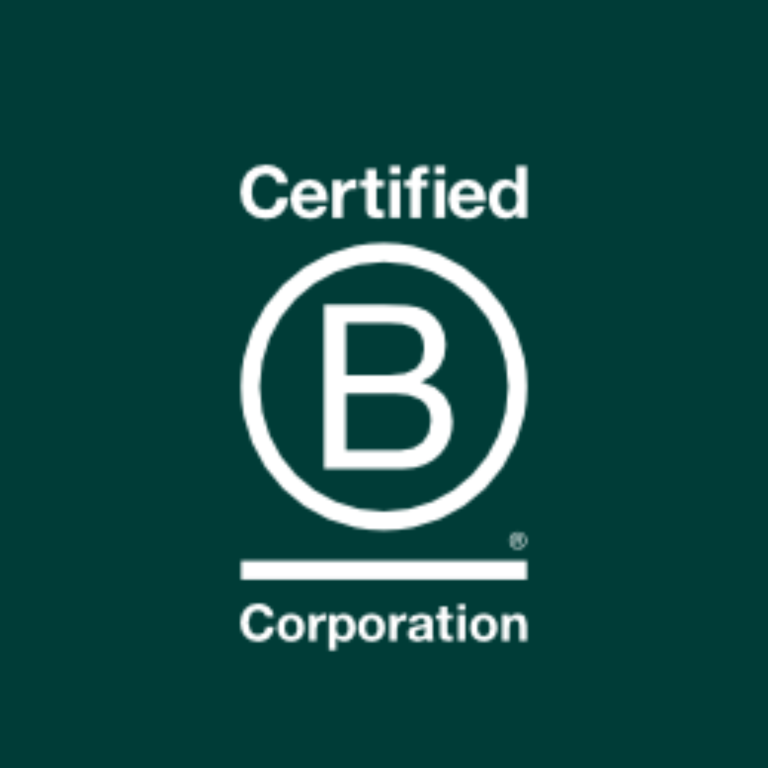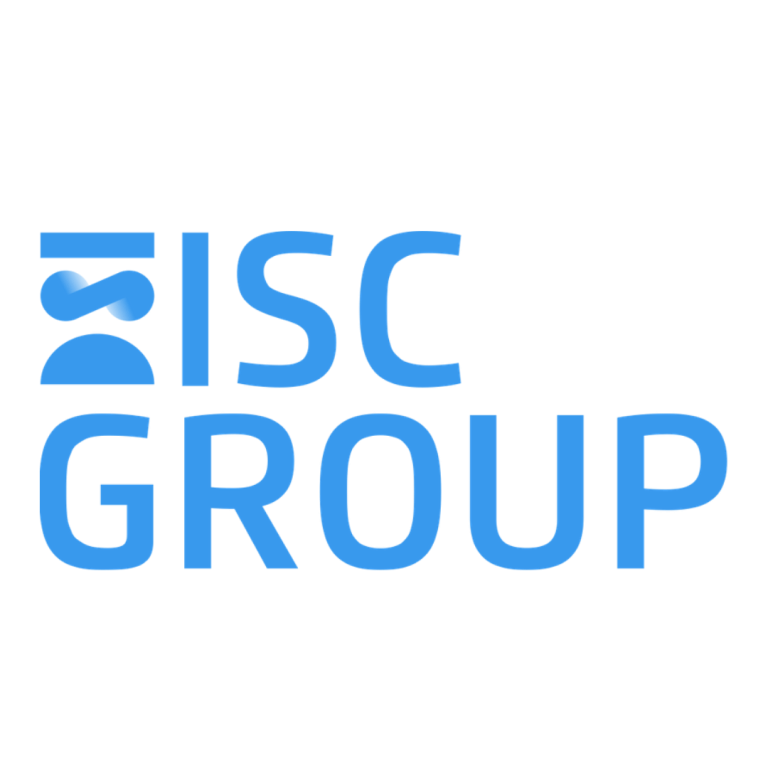
Rethinking Insurance: Why End-to-End Redesign Demands More Than Technology
In an era defined by regulatory flux, digital acceleration, and rising customer expectations, insurance firms face a pivotal moment. The temptation to chase the latest AI innovation or digital trend is strong—especially when headlines warn of being left behind. But true transformation in insurance doesn’t begin with technology. It begins with rethinking how the business operates at its core.
Beyond the Workshop: The Human Challenge of Change
Transformation isn’t as simple as gathering a team in a room and asking them to reinvent the wheel. In insurance—where legacy systems, regulatory obligations, and deeply embedded practices converge—change is as much about mindset as it is about mechanics.
Take delegated authority, for example. Many firms have spent years refining their approach, layering on controls and workarounds to meet evolving compliance demands. Asking teams to step back and reimagine that process from scratch can feel like asking them to unlearn everything they know. It’s not resistance—it’s human nature.
Culture and behaviour are central to success. Individuals must be supported to rise above the operational detail, to resist the instinct to list every reason something won’t work, and instead focus on the one idea that could unlock real value. And we must acknowledge the emotional weight of change. When inefficiencies are mapped out on a whiteboard, it can feel like a critique of the people behind the process—not just the process itself.
The Value of an External Perspective
This is where external support can make a meaningful difference. A third party brings objectivity, fresh perspective, and the ability to navigate internal sensitivities. In our work across the insurance market, we’ve seen the value of acting as a critical friend—someone who can challenge assumptions, champion innovation, and help teams see the bigger picture.
For example, in a recent engagement with a Lloyd’s Managing Agency, we helped reframe a Delegated Authority transformation project that had stalled. By shifting the focus from system build to end-to-end process redesign, and by involving all stakeholders from the outset, the firm was able to re-imagine new ways of working, unlocking efficiencies that had previously been hidden in siloed function led thinking.
Operating Models: Seeing the Whole Picture
Too often, firms focus on the most visible pain point—claims leakage, bordereaux delays, or compliance bottlenecks—without stepping back to consider the operating model as a whole. But sustainable transformation requires alignment across people, processes, technology, and data.
A well-designed Target Operating Model (TOM) doesn’t just fix what’s broken—it creates a blueprint for how the business should function in the future. It aligns with strategic goals, regulatory expectations, and operational realities. And it provides a framework for continuous improvement, not just one-off fixes.
Process Redesign: From Theory to Practice
Process redesign in insurance is rarely about marginal gains. Whether it’s underwriting, finance, or delegated authority management, the real value comes from rethinking the entire workflow. But redesign alone isn’t enough.
We’ve seen firms invest heavily in process mapping and optimisation, only to fall short at implementation. Without robust change management, training, and embedding into business-as-usual, even the best-designed processes can regress. Familiarity is powerful—and without support, teams will revert to what they know.
Competitive Advantage Through Operational Excellence
In a market where expense ratios are under pressure and customer expectations are rising, operational excellence is no longer a back-office concern—it’s a strategic imperative. Efficient, compliant, and customer-centric processes are a source of competitive advantage.
Yet, process improvement is often deprioritised because the business case isn’t clearly articulated. Leaders need to see beyond cost savings and understand the broader value: faster time to market, improved regulatory confidence, better customer outcomes, and a foundation for digital innovation.
Looking Ahead
The future of insurance will be shaped not just by the technologies firms adopt, but by how well they align those technologies with their operating models and processes. That requires courage, clarity, and collaboration.
Transformation is hard—but with the right mindset, the right support, and a willingness to challenge the status quo, it’s possible.
GreenKite’s flexible, collaborative approach ensures that every engagement is tailored to the client’s unique needs. Their solutions are not only practical and cost-effective but also designed to evolve with the business. Whether addressing a single pain point or leading a full-scale transformation, GreenKite delivers smarter, simpler, stronger operations that power performance.





